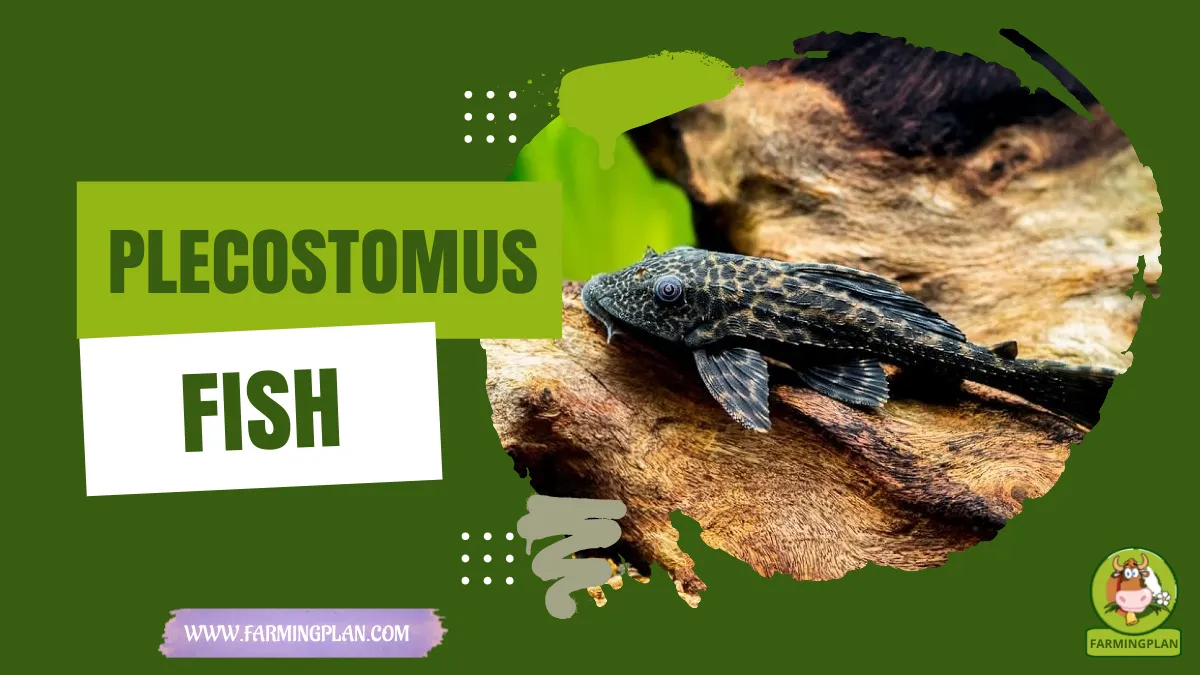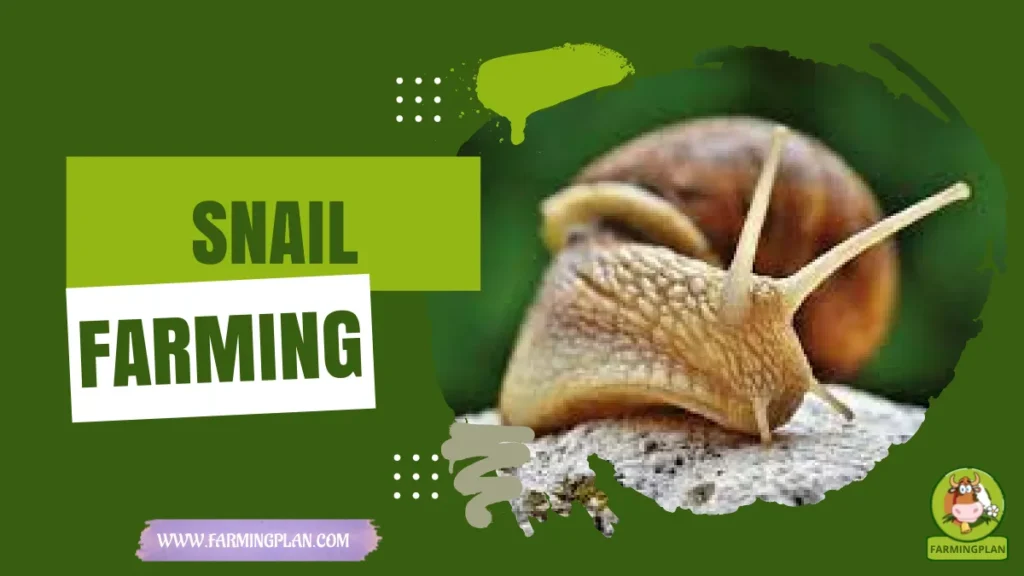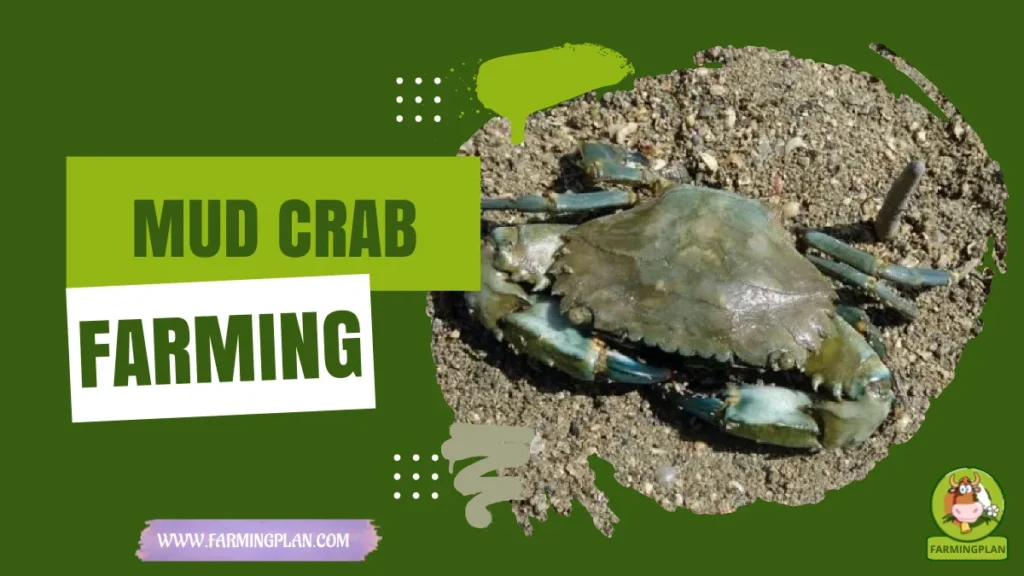If you’ve ever owned an aquarium, chances are you’ve heard of the Plecostomus fish—or, as many of us affectionately call them, “Plecos.” These quirky, suckermouth catfish are more than just algae eaters; they’re personality-packed bottom dwellers that bring a natural cleaning crew vibe to any tank. From the Common Pleco to the unique Bristlenose and Clown Plecostomus, each has its own charm. Over the years, I’ve raised quite a few varieties, and trust me, they’re not just tank janitors—they’re fascinating to watch and incredibly helpful. Whether you’re a beginner setting up your first tank or a hobbyist exploring new species, you’ll find everything from their origin story to expert care tips.

History & Origin of Plecostomus Fish
Plecostomus fish, officially known as Hypostomus plecostomus, hail from the tropical freshwater rivers of South America, especially the Amazon basin. They’re members of the Loricariidae family, commonly called armored catfish, because of their bony plates. Over the years, Plecos have made their way into aquariums around the world, thanks to their knack for keeping tanks clean and their rugged good looks.
They were originally discovered by early European naturalists who were intrigued by their unusual body shape and sucker-like mouth. Soon, they became popular in the aquarium trade. The aquarium boom in the 20th century really put Plecos on the map.
Today, there are dozens of types available in pet stores and online, from the massive Common Pleco to fancy ones like the L177 Gold Nugget or the adorable Calico Bristlenose. While they’ve gained popularity as pets, they’ve also been introduced (sometimes irresponsibly) into non-native waters, becoming an invasive species in parts of Asia and the southern U.S.
Read More: New Zealand Rabbit: A Lovable Powerhouse Of A Bunny
Characteristics of Plecostomus Fish
Plecostomus fish are easy to spot once you know what to look for. Their suckermouth is their most iconic feature—it allows them to cling to glass, rocks, and driftwood as they graze on algae and biofilm. Most plecos have armored, bony plates instead of scales, giving them a rugged, prehistoric look. Depending on the species, they range in size from 4 inches (like Bristlenose Plecos) to over 2 feet long (like the Common Pleco).
Coloration also varies: Clown Plecos have beautiful stripes, Snowball Plecos are spotted, and Calico Bristlenose has a mix of orange, white, and brown. Their fins are another standout feature—many have large, sail-like dorsal fins that fan out when they’re active. Most plecos are nocturnal, meaning they’ll be more active at night. That said, you’ll still see them scooting around during the day if they feel safe in your tank setup.
Nature & Temperament of Plecostomus Fish
Plecos are known for being peaceful and solitary. They’re bottom dwellers who typically mind their own business, making them ideal for community aquariums. However, that doesn’t mean they’ll get along with just anyone. In my experience, small to medium plecos like Bristlenose or Clown Plecostomus are perfect for tanks with tetras, guppies, mollies, or even gouramis. Just avoid housing multiple male plecos in small tanks—they can get territorial, especially around hiding spots.
Larger species, such as the Common or Sailfin Pleco, can get a bit bossy as they grow. They need more space and can sometimes knock things over with their powerful tails. That said, they rarely nip at other fish and are more likely to shove their way through the tank like gentle giants. They’re not overly active but are fun to watch when they go on their slow-motion cleaning missions. Some even recognize their owners and come out during feeding time.
Read More: Chinchilla Rabbit – The Ultimate Gentle Giant Breed
Food & Diet of Plecostomus Fish
Despite their reputation as algae munchers, algae alone isn’t enough to sustain a healthy Plecostomus. In the wild, they consume plant matter, driftwood fibers, and even small invertebrates. In an aquarium, a balanced diet is key.
Here’s what I feed mine:
- Algae Wafers: A staple. Look for high-quality ones with spirulina.
- Fresh Veggies: Blanched zucchini, cucumber, and spinach are pleco favorites.
- Driftwood: Wood is essential for digestion for Bristlenose and Panaque plecos.
- Protein Boosts: Occasionally, I add shrimp pellets or bloodworms, which are great for growth.
Avoid overfeeding, as leftover food can mess up water quality. Feed them just before lights out—they’re most active at night.
Tip: “A Satisfied Pleco Is A Healthy Pleco—Feed Variety, Not Just Algae!”
Usage & Purpose of Plecostomus Fish
The main reason people keep Plecostomus fish is for their algae-eating habits. They’re like nature’s Roomba—constantly sucking algae off glass, plants, and rocks. This makes them popular with beginner and experienced aquarists alike.
But their purpose goes beyond just cleaning. Here’s how plecos are used:
- Aquarium Cleaner: The go-to algae eater in freshwater tanks.
- Educational Pets: Great for kids learning about aquatic ecosystems.
- Display Fish: Fancy varieties like Gold Nugget Plecos are real showpieces.
- Breeding Projects: Bristlenose Plecos are often bred by hobbyists for their ease and high demand.
Just keep in mind that not all plecos are ideal for small tanks—so their purpose should always match their size and temperament.
Special Features of Plecostomus Fish
Plecostomus fish have some pretty amazing traits that make them stand out in the aquarium world:
- Suckermouth Power: Their unique mouth helps them feed, cling to surfaces, and even breathe in low-oxygen environments.
- Armor Plating: Instead of scales, they’ve got tough bony plates—making them less vulnerable to nips.
- Nocturnal Behavior: They’re night owls! Watch them come alive when the lights go out.
- Species Diversity: With hundreds of species and color morphs, there’s a Pleco for every tank.
- Wood-Eating Habits: Some, like the Panaque species, literally digest wood—how wild is that?
Plecostomus fish are incredibly adaptable, thriving in a wide range of water parameters. This adaptability makes them suitable for a variety of tank setups, adding to their appeal as aquarium pets.
“Happy Tanks Start With Happy Plecos—Let Them Suck Up Your Algae Problems Like a Pro!”
Health Issues & Prevention of Plecostomus Fish
Like any fish, Plecos are prone to certain health problems if not cared for properly. Here’s what to watch for:
Common Issues:
- Ich (White Spot Disease): Caused by stress or poor water quality.
- Bloating: Usually due to improper diet or overfeeding.
- Fungal Infections: Look for white patches or fuzz on the body.
Prevention Tips:
- Maintain water temperature between 72°F–82°F with an Aqueon Aquarium Heater.
- Use an Aqueon Aquarium Water Changer weekly to keep water clean.
- Feed a balanced diet, and don’t overdo protein.
- Quarantine new fish before adding them to the tank.
- Provide plenty of hiding places—Plecos love caves and driftwood.
When in doubt, consult your local aquarium club or store for advice.
Pet Owner Care Guide of Plecostomus Fish
Caring for Plecostomus fish isn’t hard once you understand their needs. I’ll break it down step-by-step, so you can confidently raise a happy, healthy pleco in your tank.
Step 1: Set Up The Right Tank Environment
Start with a tank size appropriate for the pleco species. A Common Pleco needs 75+ gallons, while a Bristlenose does fine in 20–30 gallons.
- Add sand or smooth gravel substrate.
- Include driftwood, caves, and shaded areas.
- Install a strong filter—plecos are messy eaters!
- Keep lighting low; they prefer dim environments.
- Maintain stable temperature: 75–80°F.
Make sure your tank is cycled before introducing a pleco.
Step 2: Choose Tank Mates Carefully
Plecos get along with peaceful community fish but avoid aggressive or overly curious species.
- Good companions: tetras, guppies, mollies, loaches.
- Bad companions: cichlids, goldfish, or fin-nippers.
Always observe behavior for the first few days and provide hiding spots to reduce stress.
Step 3: Feed Smart & Observe Daily
Feed your pleco once a day, just before lights out.
- Offer a mix of algae wafers, fresh veggies, and driftwood.
- Watch for signs of overfeeding or uneaten food.
- Keep an eye on their belly—sunken means underfed, bloated means overfed.
Daily observation helps you spot problems early.
Step 4: Clean Tank & Monitor Water Quality
Plecos produce a lot of waste, so consistent cleaning is key.
- Do 25–30% water changes weekly using a siphon or water changer.
- Test water parameters weekly (ammonia, nitrites, nitrates).
- Replace filter media monthly and clean algae buildup.
A clean tank equals a healthy pleco.
Expert Tips & Best Practices For Pleco Success
- Avoid Small Tanks For Large Plecos – They outgrow 10- or 20-gallon tanks fast!
- Feed After Lights Out – They’re nocturnal and eat better in the dark.
- Provide Driftwood – Especially for Bristlenose and wood-eating species.
- Keep A Spare Cave – More hiding spots mean less territorial fights.
- Name Your Pleco – Seriously, they’re full of personality once you get to know them!
FAQs
How big do Plecostomus fish get?
Common Plecos can grow over 2 feet long, while smaller species like Bristlenose stay around 4–6 inches.
Do Plecostomus clean the tank?
Yes, they eat algae and help keep surfaces clean—but you still need to maintain the tank.
Can Plecos live with goldfish?
Not ideal. Goldfish prefer cooler water and may be bothered by plecos’ rough behavior.
What’s the best food for Plecos?
A mix of algae wafers, vegetables, and driftwood is best. Occasional protein boosts like shrimp pellets are okay.
How long do Plecostomus live?
With proper care, they can live 10–15 years or even longer in large, stable tanks.
Conclusion
Plecostomus fish aren’t just algae eaters—they’re fascinating, low-maintenance, and full of personality. From Bristlenose to Clown and Hypostomus Plecos, there’s a type for every tank and every keeper. Whether you’re into serious aquascaping or just starting out, Plecos make fantastic additions. Just remember to pick the right species for your tank size, feed a balanced diet, and maintain clean water. Love plecos as much as I do? Share this guide with fellow fish lovers, leave a comment with your pleco stories, or ask a question—I’m always happy to chat fish!


